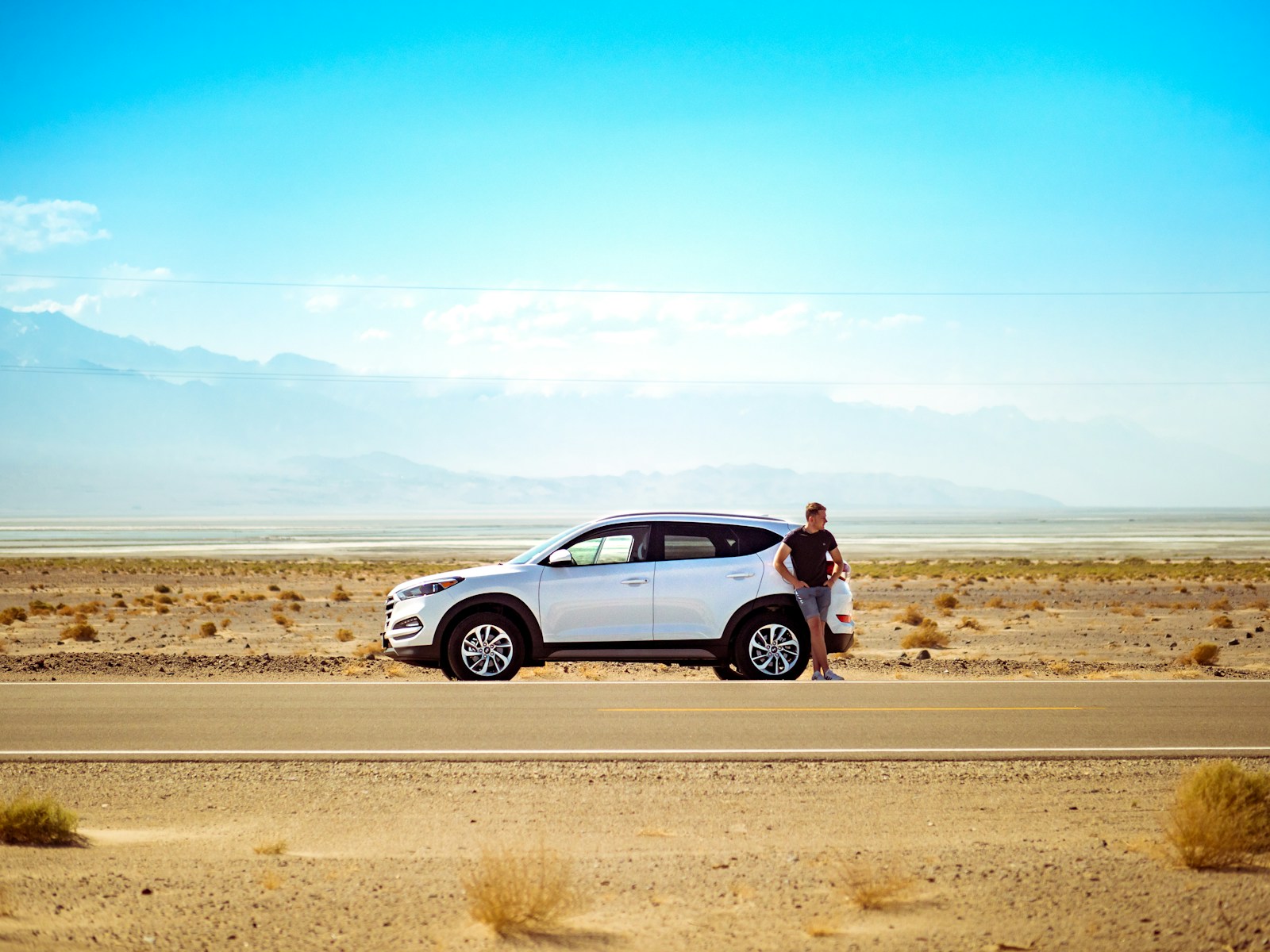America’s national parks represent some of the most awe-inspiring landscapes on earth – from the towering waterfalls of Yosemite to the psychedelic rock formations of Bryce Canyon. Planning a multi-park road trip across the United States offers an unparalleled opportunity to experience these natural wonders while enjoying the freedom of the open road. Whether you’re a seasoned outdoor enthusiast or a family looking for an unforgettable vacation, a cross-country park-hopping adventure allows you to witness America’s diverse ecosystems, geological marvels, and wildlife in a single journey. This comprehensive guide will walk you through everything you need to know to plan the perfect national park road trip – from choosing your route and timing to packing essentials and navigating park regulations.
Selecting Your Park Circuit
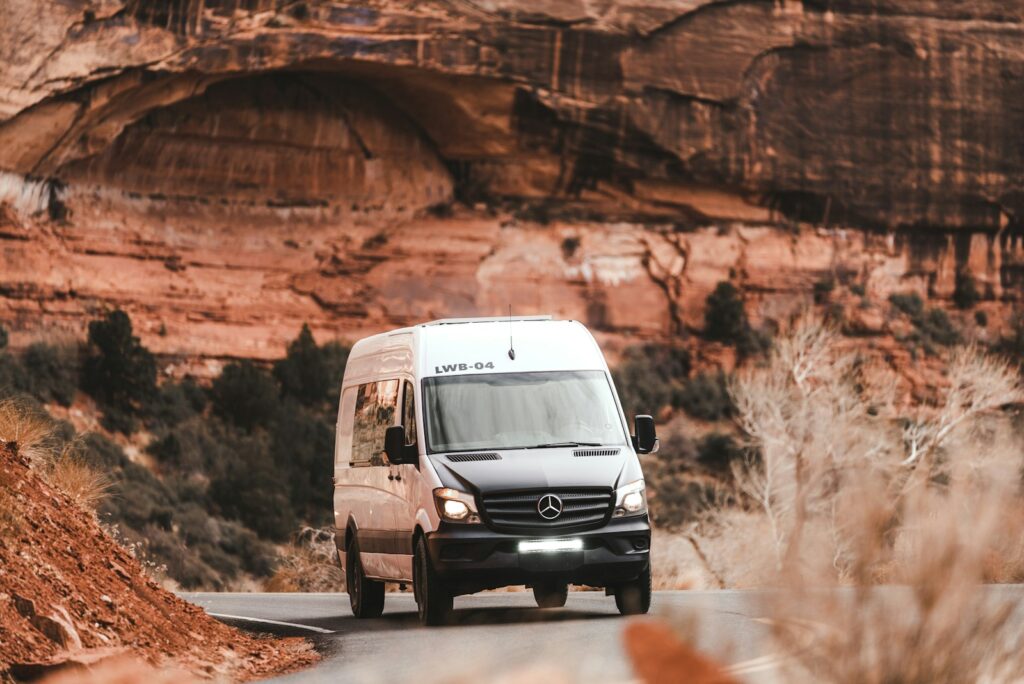
The United States boasts 63 national parks spread across diverse regions, making it essential to select a geographic focus for your journey. Popular circuits include the Southwest parks loop (Zion, Bryce Canyon, Grand Canyon, Arches), the Northern Rockies expedition (Yellowstone, Grand Teton, Glacier), the Pacific Northwest route (Olympic, Mount Rainier, North Cascades), and the California parks tour (Yosemite, Sequoia, Kings Canyon, Redwood). Consider choosing parks within reasonable driving distance of each other to minimize excessive time on the road and maximize your experience in each location. The proximity of parks will influence not only your overall route but also how many days you’ll need to allocate for the entire trip. Remember that each region offers distinctive landscapes and experiences – from desert formations to alpine meadows to coastal ecosystems – so select parks that align with your interests and desired experiences.
Determining the Ideal Season

Timing is perhaps the most crucial factor in planning a successful multi-park road trip. Summer (June-August) offers the most accessible conditions across most parks, with all facilities and trails typically open, though this period also brings the largest crowds and highest prices. Spring (April-May) and fall (September-October) present excellent alternatives with mild weather, fewer visitors, and spectacular seasonal displays like wildflower blooms or autumn foliage. Winter trips (November-March) can provide magical snowy landscapes and solitude in parks that remain accessible, though many mountain roads close and services may be limited. Research each park’s peak and shoulder seasons carefully, as higher-elevation parks like Rocky Mountain may still have snow-covered trails into July, while desert parks like Death Valley become dangerously hot in summer months. Consider targeting shoulder seasons when planning your trip to balance good weather with fewer crowds.
Calculating Your Timeline
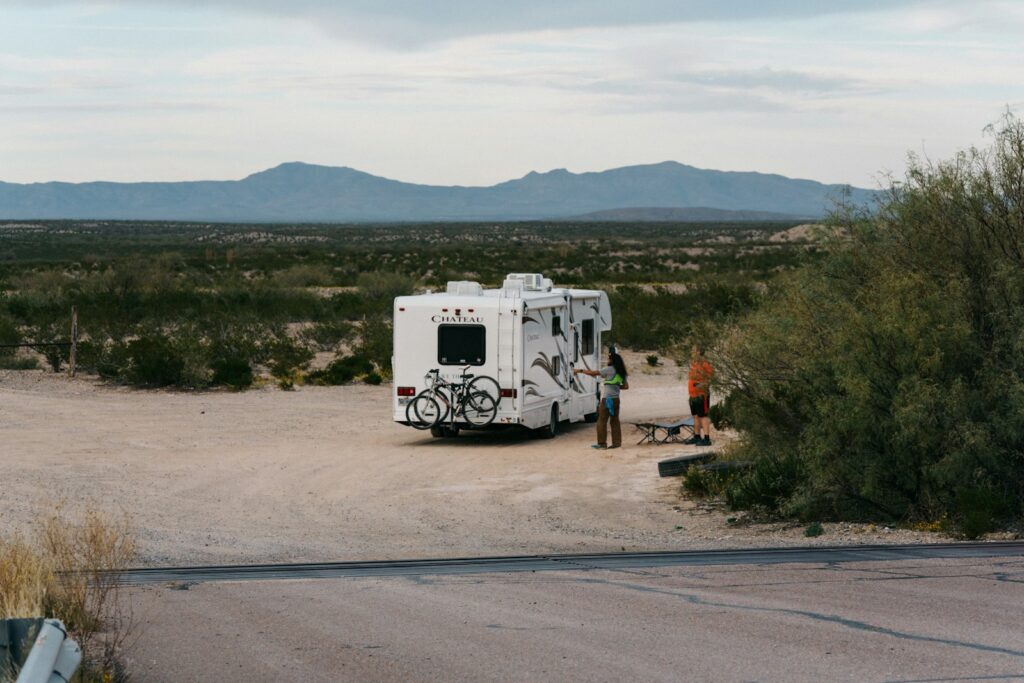
A successful multi-park road trip requires realistic time allocation to avoid the common pitfall of trying to see too much in too little time. As a general guideline, allow at least two full days for smaller parks and three to four days for larger, more complex parks like Yellowstone or Yosemite. Factor in driving time between destinations, recognizing that scenic routes often take longer than GPS estimates due to winding roads, photo stops, and unexpected discoveries. Build in buffer days for weather delays, unexpected detours, or simply to rest and avoid travel fatigue. For a comprehensive four-park circuit, plan for a minimum of two weeks, though three to four weeks would provide a more relaxed pace. Remember that national parks are best experienced when you have time to hike trails, photograph landscapes in different light, and simply absorb the natural environment without rushing from one viewpoint to the next.
Securing Park Accommodations
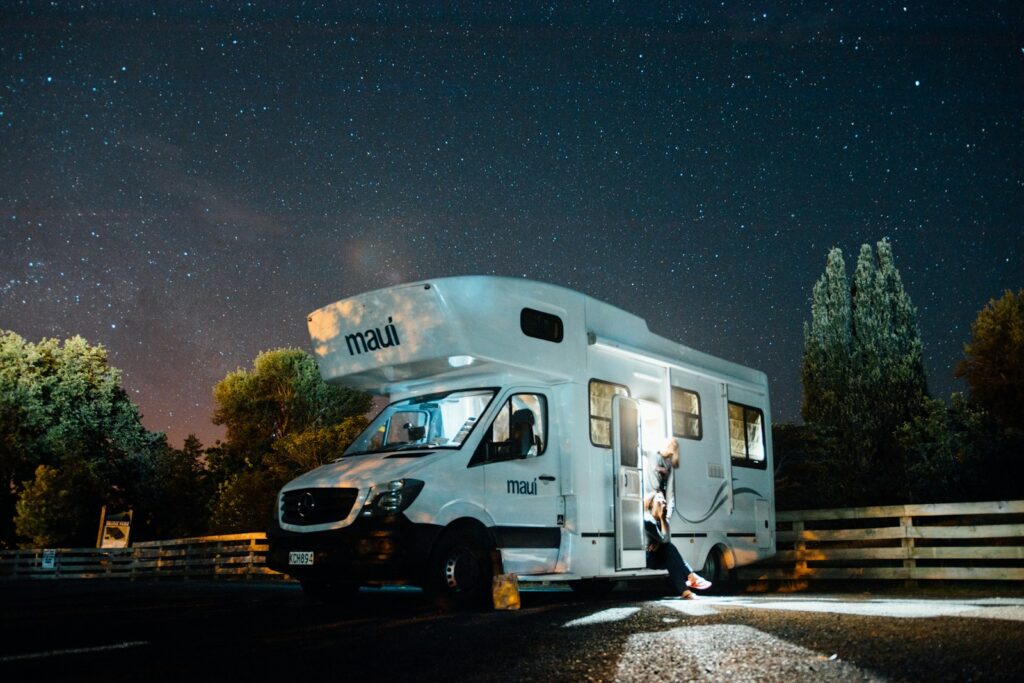
Lodging within national parks requires advance planning, with reservations for popular in-park lodges and campgrounds opening 6-13 months ahead of time and often filling within minutes of release. Consider a mixed accommodation strategy: splurging on in-park lodging for a few nights while utilizing gateway town hotels or public lands camping for other portions of your trip. For in-park camping, research reservation windows carefully as they vary by park – for example, Yellowstone accepts reservations 6 months in advance while Yosemite uses a rolling 5-month window with inventory released on the 15th of each month. Gateway communities often offer more affordable options with greater availability, though you’ll sacrifice the magic of staying within park boundaries. Alternative accommodations like vacation rentals, glamping sites, or RV parks can provide excellent options, particularly for families or larger groups seeking more space and amenities than traditional park lodging offers.
Choosing Your Transportation
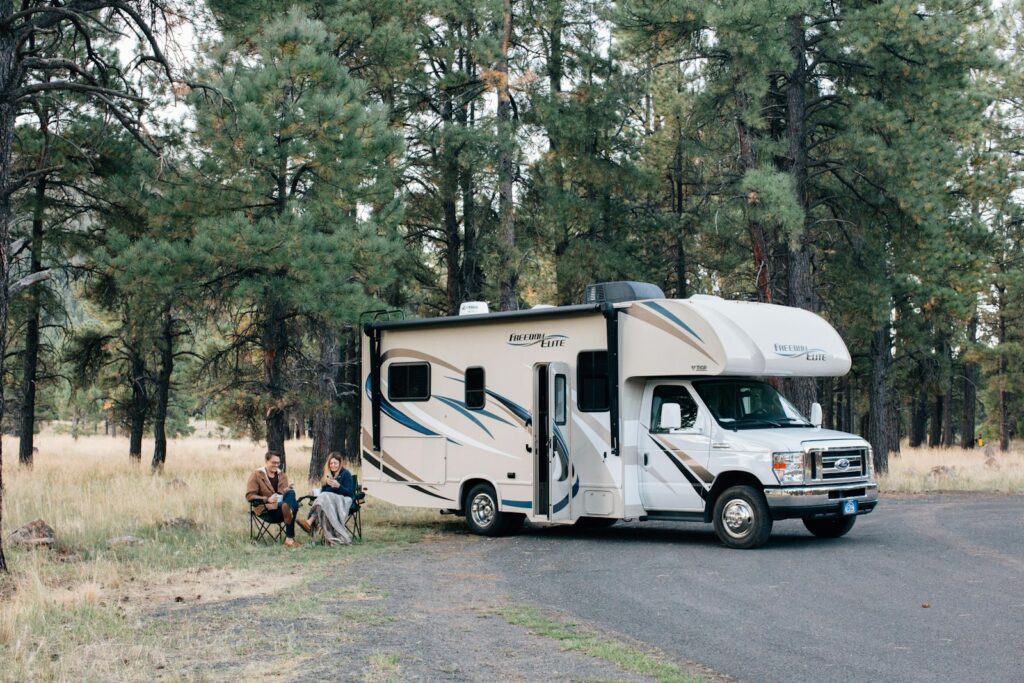
Your choice of vehicle will significantly impact both your comfort and capabilities during a multi-park road trip. A standard passenger car suffices for most major national parks, which maintain well-paved roads to primary attractions, though a vehicle with higher clearance offers advantages for dirt roads accessing more remote trailheads or viewpoints. Consider renting an RV or camper van for the ultimate flexibility, allowing you to bring your accommodation with you and access campgrounds without setting up tents nightly. For longer trips crossing multiple states, investigate one-way rental options that eliminate backtracking, though be aware these typically incur drop-off fees. Calculate fuel costs into your budget, particularly if your route traverses remote areas where gas prices tend to be significantly higher. Regardless of your vehicle choice, ensure it’s recently serviced before departure, as repair facilities can be limited in rural areas surrounding national parks.
Navigating Permit Requirements
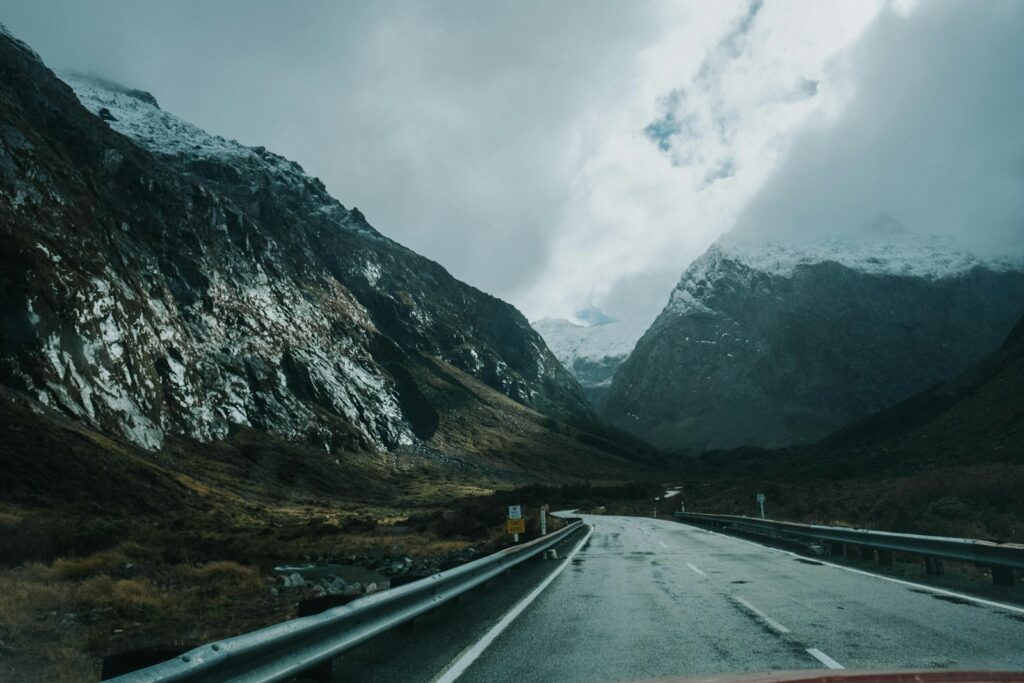
Many national parks have implemented reservation systems, timed entry permits, or lottery systems for popular attractions to manage visitor impacts and overcrowding. Research each park’s specific requirements well in advance, as some permits become available months before your visit date. For example, Yosemite recently required advance reservations during peak hours in summer, Glacier National Park uses a vehicle reservation system for its famous Going-to-the-Sun Road, and Zion requires shuttle tickets during high season. Backcountry permits for overnight hiking typically open on a rolling basis 3-6 months in advance, with popular routes like Grand Canyon’s Bright Angel Trail or Yosemite’s Half Dome cables filling immediately. Consider purchasing an America the Beautiful Annual Pass for $80, which covers entrance fees for all national parks and federal recreation lands for a full year—a substantial savings for a multi-park journey. Set calendar reminders for permit release dates to ensure you don’t miss critical reservation windows.
Creating a Flexible Itinerary
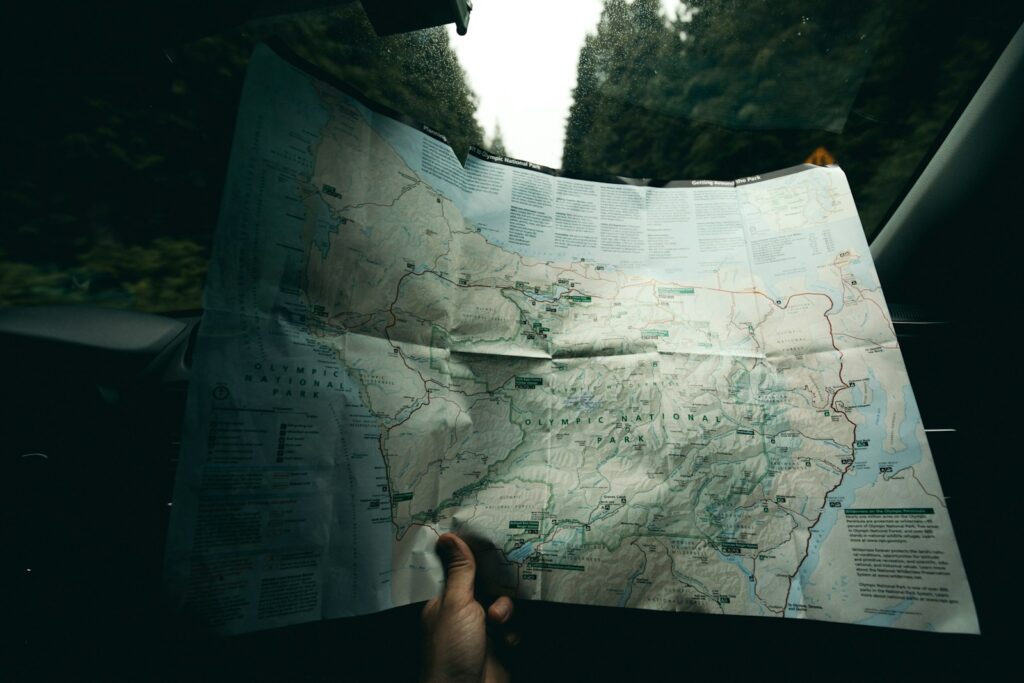
While planning is essential, building flexibility into your itinerary allows you to adapt to weather conditions, unexpected closures, or simply discovering places that captivate you more than anticipated. Develop a framework that prioritizes your must-see attractions while leaving room for spontaneity and last-minute adjustments. Identify signature experiences for each park—like watching Old Faithful erupt in Yellowstone or hiking Angels Landing in Zion—and schedule these early in your visit to allow for second attempts if weather interferes. Consider alternating intensive hiking days with more relaxed scenic drive days to prevent physical burnout. Research ranger-led programs, which offer exceptional educational value, and incorporate these into your schedule when possible. Remember that parks are living environments subject to seasonal conditions, wildlife activity, and natural events that may necessitate itinerary changes—embrace this fluidity as part of the adventure rather than viewing it as a disruption to your plans.
Planning for Connectivity Gaps

National parks often have limited or non-existent cell service and internet connectivity, requiring advance preparation to navigate safely. Download offline maps for each park through apps like AllTrails, Gaia GPS, or even Google Maps to ensure you can navigate without cellular data. Purchase physical maps from visitor centers as reliable backups that never run out of battery. Consider investing in a satellite communication device like Garmin InReach or SPOT for emergency communication in remote areas, particularly if your itinerary includes backcountry hiking. Make accommodation and dining reservations in advance since you may not have connectivity to make arrangements once you’re in the parks. Inform friends or family members of your general itinerary and check in regularly when you reach areas with service, following the principle that someone should always know your approximate location during a multi-park journey.
Packing Strategically for Multiple Environments
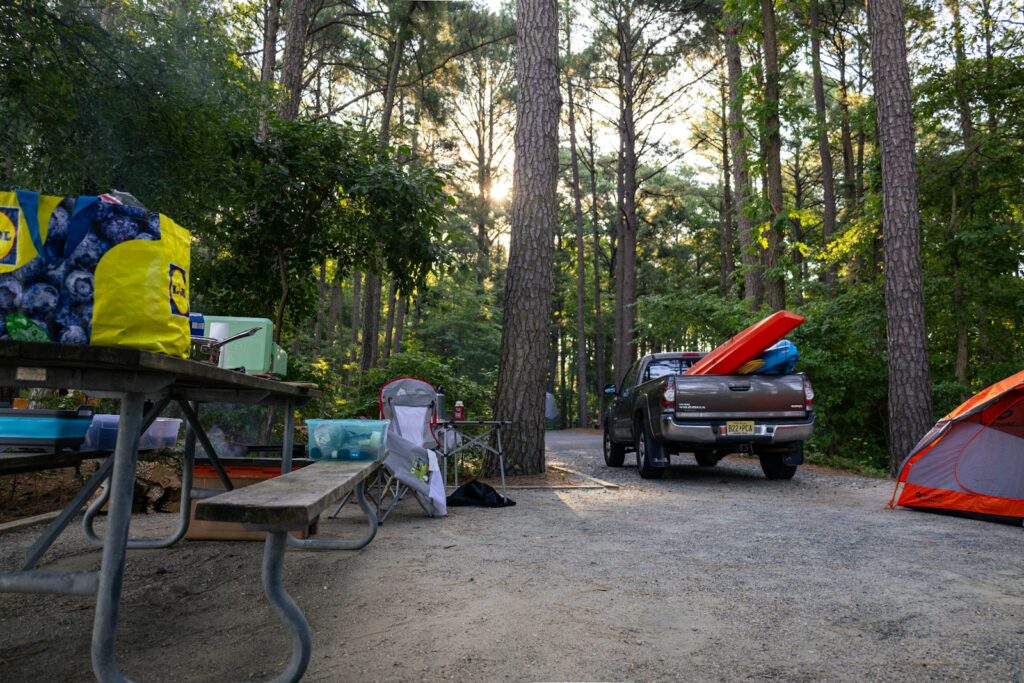
A cross-country park journey often means encountering dramatically different environments and weather conditions, requiring versatile packing strategies. Focus on layerable clothing that can adapt to varying temperatures, including moisture-wicking base layers, insulating mid-layers, and quality waterproof outer shells. Invest in proper footwear appropriate for the types of trails you’ll encounter, with broken-in hiking boots for challenging terrain and comfortable walking shoes for easier trails and visitor centers. Pack essential safety gear including a first aid kit, headlamp, multi-tool, emergency blanket, and sufficient water containers. Camera equipment deserves careful consideration, with many travelers bringing a mix of smartphone cameras for convenience and higher-quality equipment for special landscapes. Remember that services can be limited within parks, so bring sufficient supplies of medications, specialty foods for dietary restrictions, and other personal necessities that might be difficult to replace on the road.
Maximizing Your Park Experience
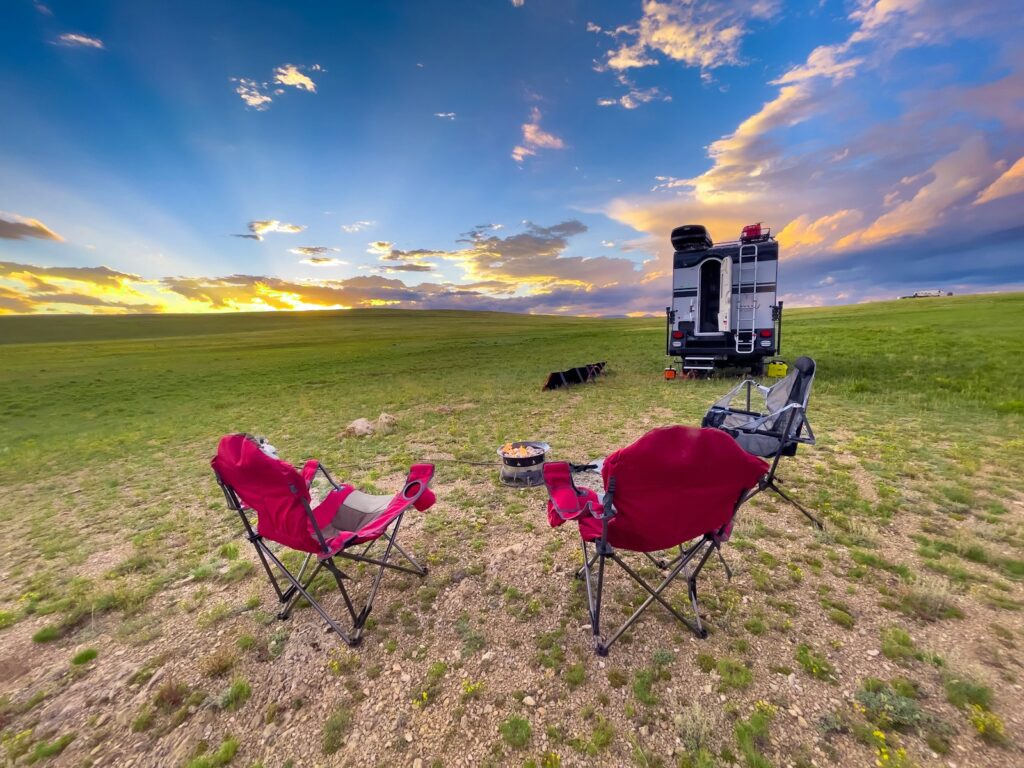
The difference between a good park visit and an exceptional one often comes down to timing and insider knowledge. Embrace early mornings to experience popular attractions before crowds arrive and to catch the magical “golden hour” light that photographers cherish. Research lesser-known viewpoints and trails in each park that offer similar experiences to famous spots but with fewer visitors. Engage with park rangers at visitor centers, who can provide current conditions, wildlife sightings, and personalized recommendations based on your interests and abilities. Consider scheduling at least one ranger-led activity in each park, as these programs provide deeper insights into park ecology, geology, and history than self-guided experiences typically offer. Allocate time for spontaneous discovery – whether following a tip from a local, investigating an intriguing trail sign, or simply sitting quietly to absorb the natural surroundings without rushing to the next attraction.
Practicing Sustainable Park Tourism
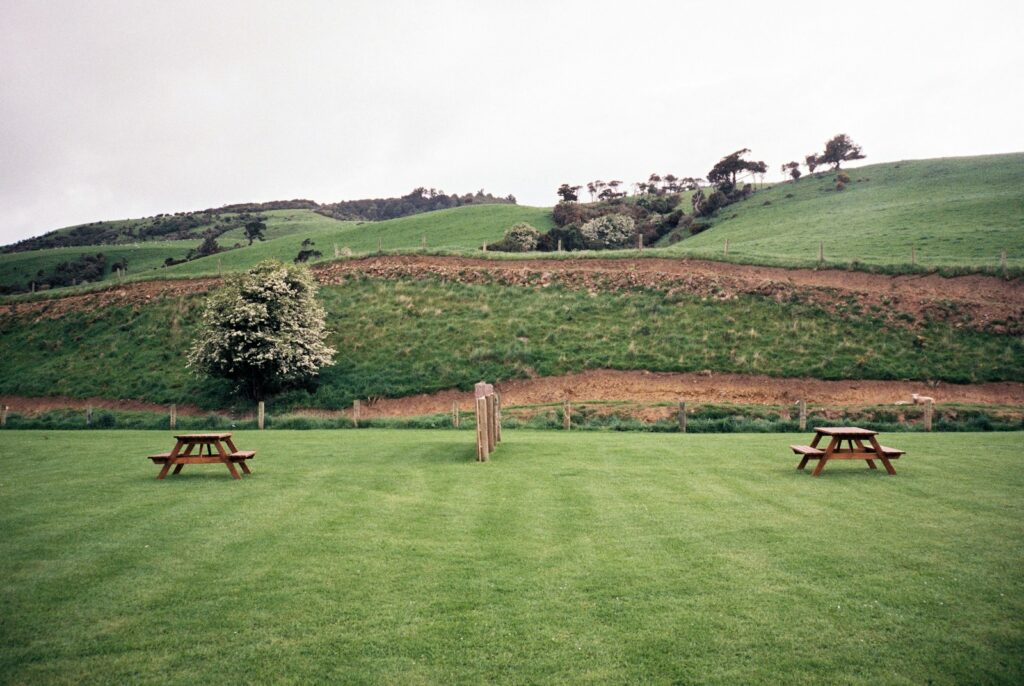
National parks face increasing visitation pressure, making responsible tourism practices essential for preserving these treasures for future generations. Commit to following Leave No Trace principles by staying on designated trails, properly disposing of waste, leaving natural objects undisturbed, and minimizing campfire impacts. Consider visiting high-demand parks during shoulder or off-seasons to reduce peak-period crowding and environmental impacts. Utilize park shuttle systems whenever available to reduce traffic congestion and parking challenges while decreasing your carbon footprint. Support gateway communities by dining at local restaurants, purchasing from independent businesses, and learning about regional conservation challenges. Make a personal commitment to leave each park better than you found it, perhaps by participating in volunteer opportunities or simply picking up litter when you encounter it on trails.
Documenting Your Journey

A multi-park road trip represents a significant life experience worth thoughtfully documenting beyond casual smartphone photos. Consider keeping a dedicated travel journal to record your impressions, wildlife sightings, trail experiences, and unexpected moments that photos alone can’t capture. Participate in the National Park Passport program by collecting cancellation stamps at each park’s visitor center, creating a tangible record of your journey. Create a consistent photo routine by capturing signature park scenes, family members at park entrance signs, or sunrise from your campsite each morning to build a cohesive visual narrative. Balance documentation with present-moment awareness, setting aside dedicated periods to simply experience your surroundings without the filter of a camera or the distraction of social media sharing. Consider creating a custom photo book or digital presentation after your trip to share your experiences and inspire others to embark on their own park adventures.
Managing Costs and Budgeting
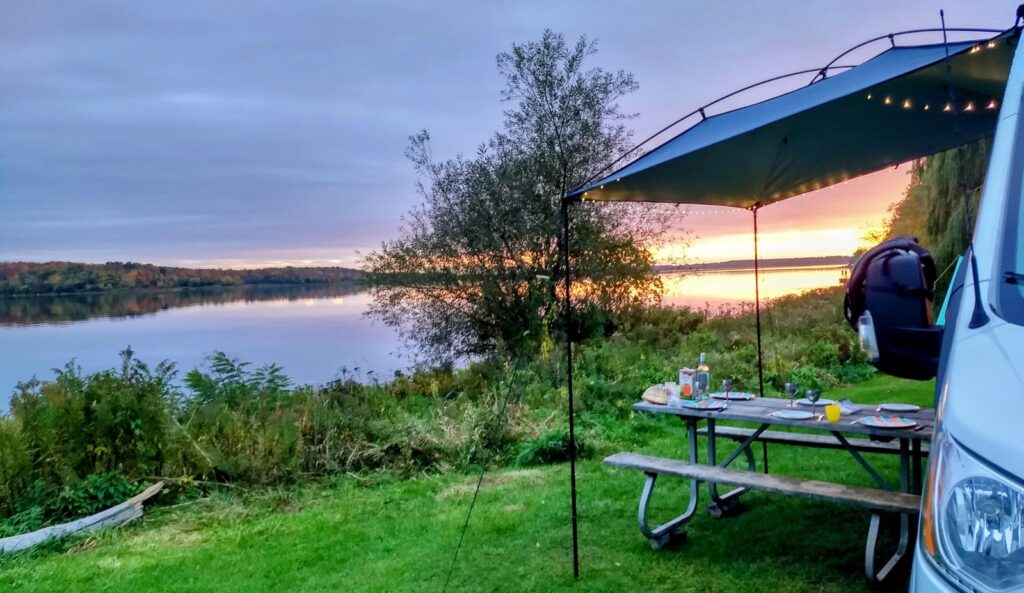
A multi-park road trip requires thoughtful financial planning to avoid budget surprises. Beyond transportation and accommodation costs, factor in park entrance fees ($30-35 per vehicle for most major parks), which makes the $80 America the Beautiful annual pass an excellent value for visits to more than three parks. Food expenses can accumulate quickly, particularly in remote park areas where options are limited and prices elevated; consider a hybrid approach of restaurant meals and self-prepared food from coolers or portable cooking setups. Build in a contingency fund of approximately 15% of your total budget for unexpected expenses like vehicle issues, weather-related accommodation changes, or irresistible local experiences that weren’t in your original plan. Look for cost-saving opportunities through seasonal promotions in gateway towns, free ranger programs instead of commercial tours, and camping on nearby national forest or BLM lands when park campgrounds are full or overpriced. Remember that many memorable park experiences—like stargazing, wildlife watching, or hiking to spectacular viewpoints—are completely free activities that create priceless memories.
Conclusion
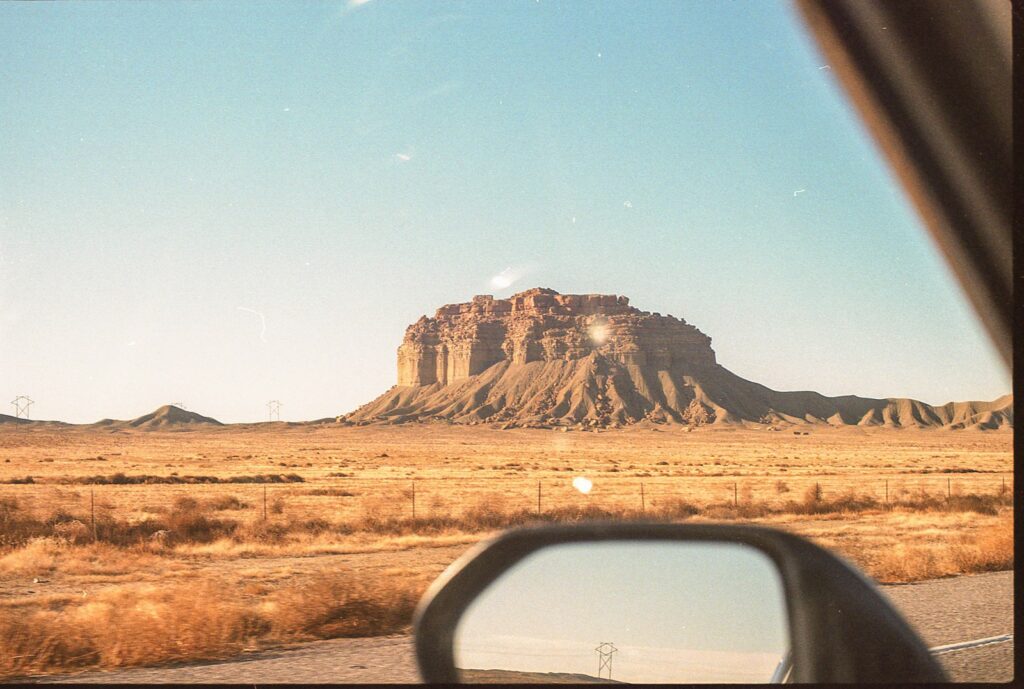
A multi-park road trip across America offers one of the most rewarding travel experiences possible, combining natural wonders, outdoor adventure, and the freedom of the open road. With thoughtful planning that balances structure and spontaneity, you can create an itinerary that maximizes your time in these protected landscapes while minimizing logistical challenges. Remember that national parks preserve not just scenic beauty but ecological diversity, geological marvels, and cultural heritage that tell the story of the American landscape. By approaching your journey with respect for these special places and openness to unexpected discoveries along the way, your park-hopping adventure will likely become one of your most treasured travel memories. The landscapes you’ll witness—from desert arches to alpine meadows, ancient forests to coastal tide pools—showcase the extraordinary natural diversity that makes America’s national parks truly the country’s “best idea.”

